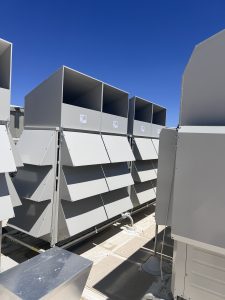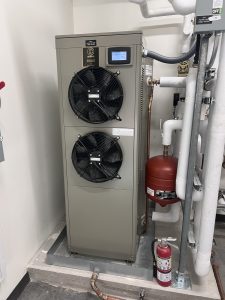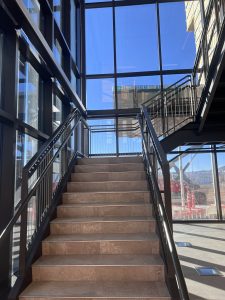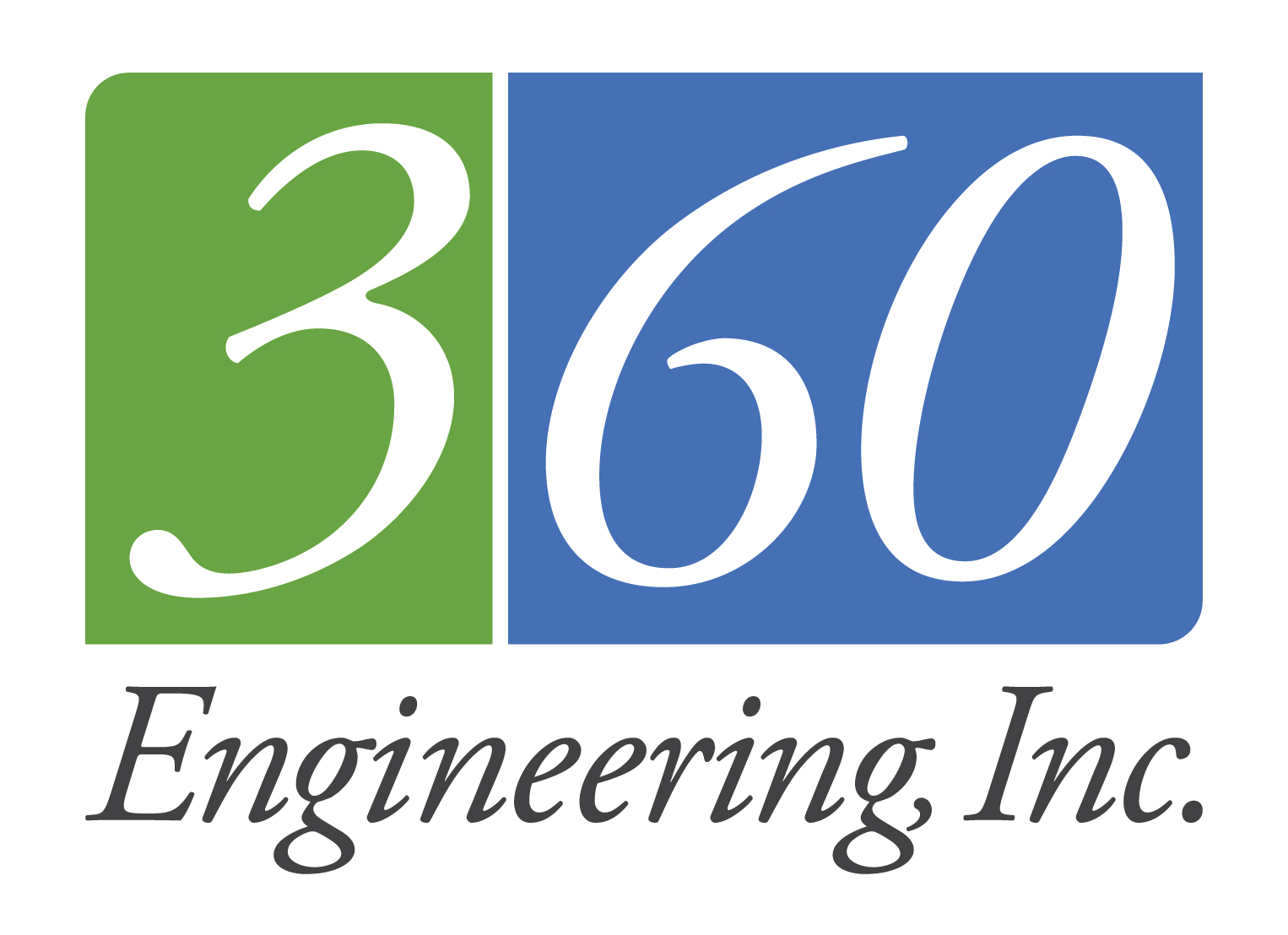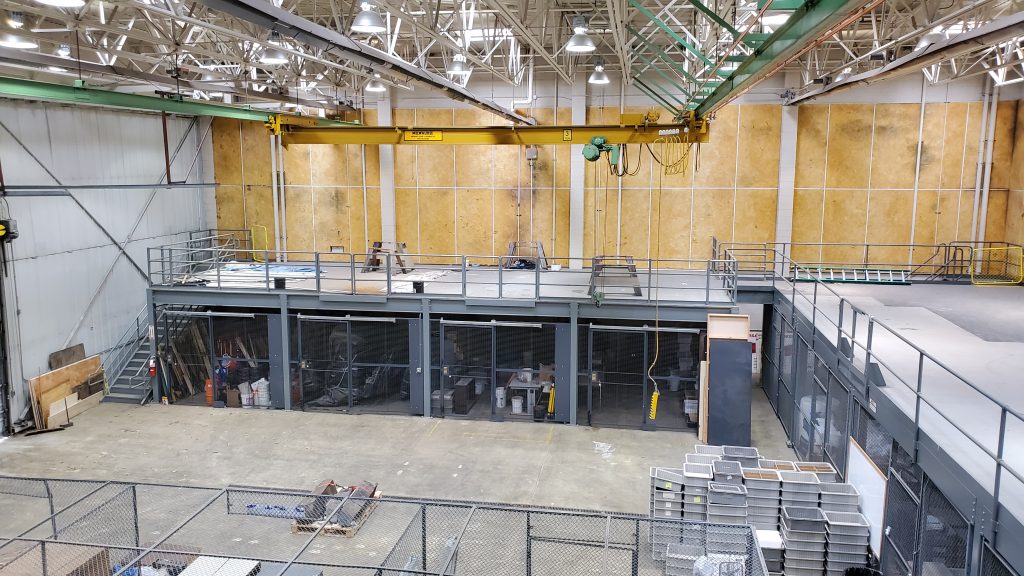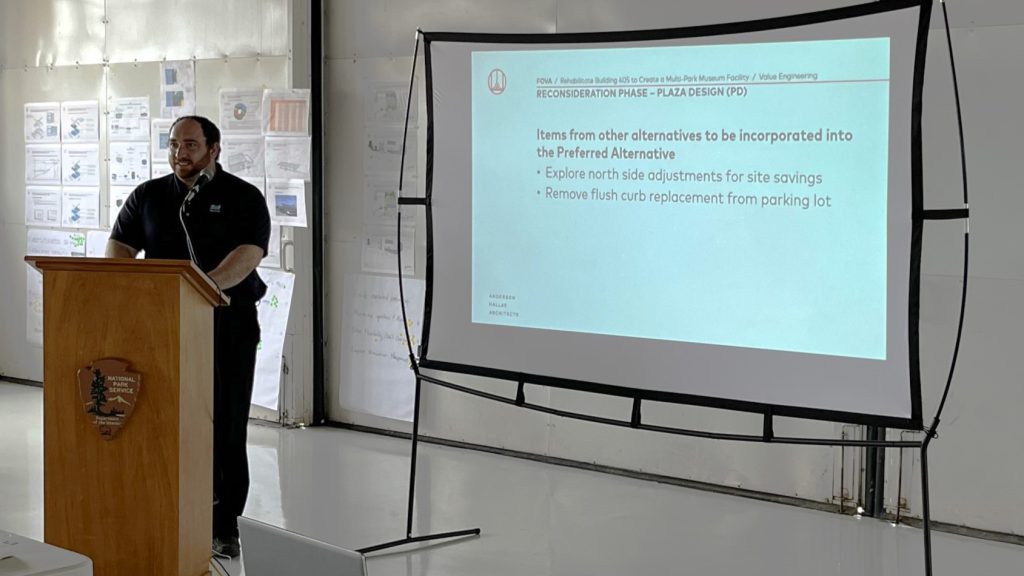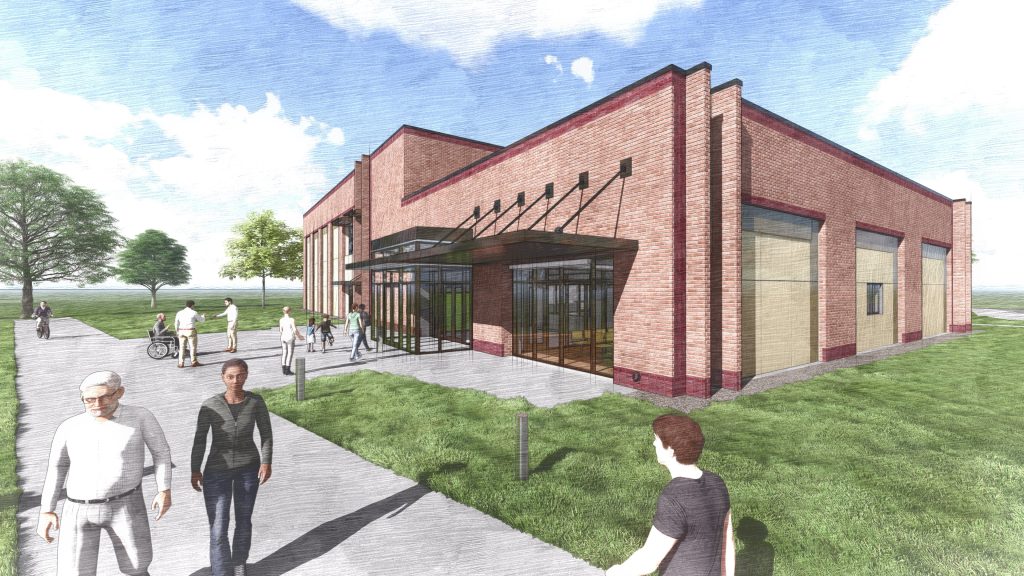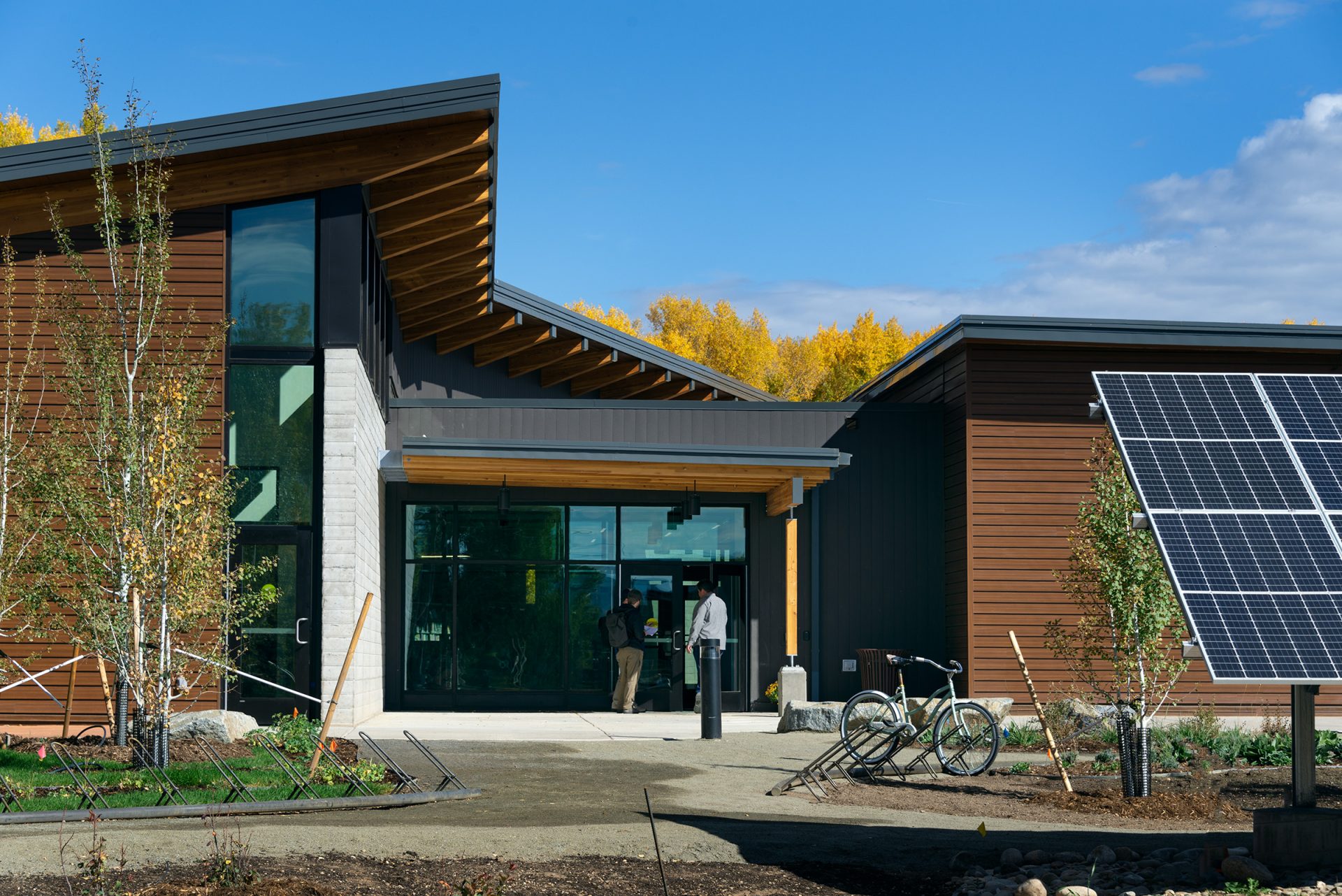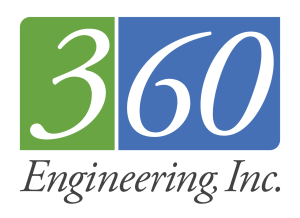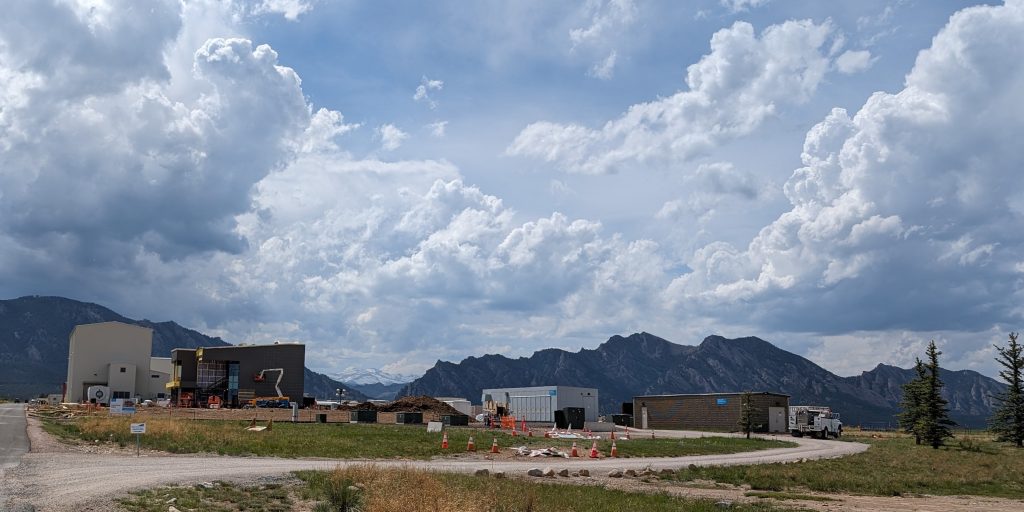
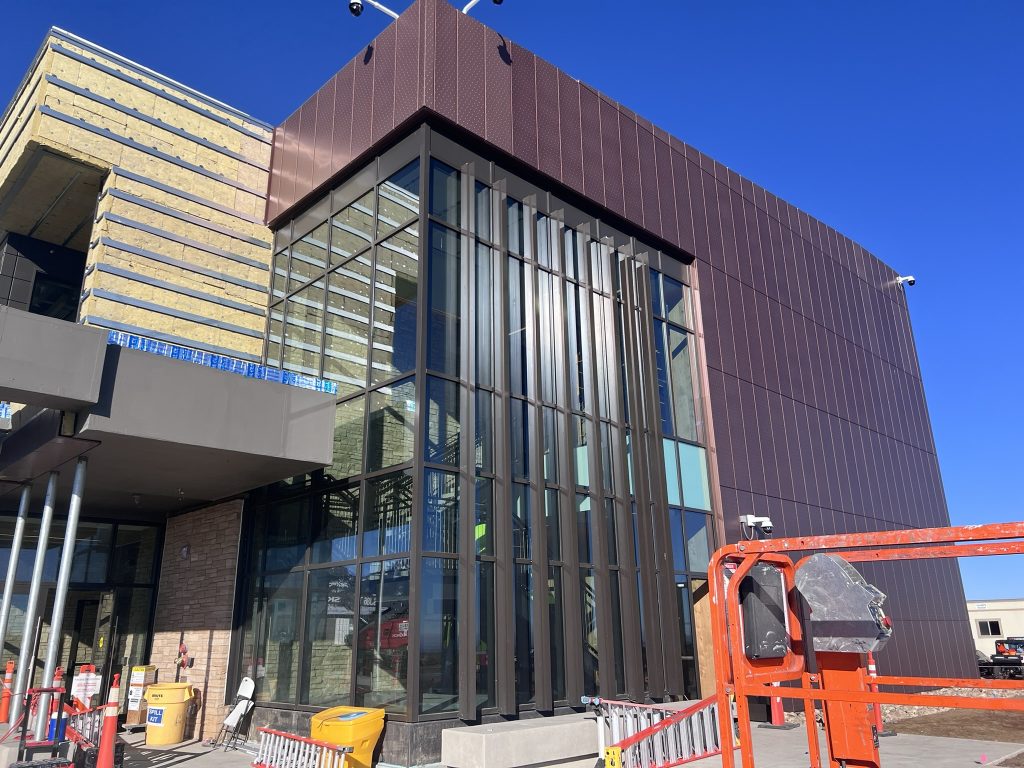
The National Renewable Energy Laboratory (NREL) is a leading research facility on clean energy and alternative fuel sources. This year, the Flatirons Campus and Wind Facility are completing their first ground-up building construction in several years, led by the HDR team. The new state-of-the-art building will act as the central control facility for all research efforts on the Flatirons Campus.
Modernized building construction requires a modernized mechanical and plumbing system to complement the building design. During the early phases of design, five (5) different mechanical systems were considered, with a wide range of factors including ease of maintenance, energy efficiency, and utilization of heating and cooling utilities. Ultimately, after energy modeling, lead time considerations, and cost considerations, NREL opted to proceed with the first Variable Refrigerant Flow (VRF) mechanical system on their Flatirons Campus.
The VRF system includes a packaged heat pump Dedicated Outdoor Air Unit (DOAS) with a heat recovery wheel for low-energy preconditioning of the building. The DOAS provides ventilation air to each indoor fan coil unit, easily complying with code requirements for the varied room types within the building. The building hosts conference spaces, electronics labs, a data center, and general office space.
The control facility was optimized to maximize floor space, presenting the unique challenges of configuring mechanical and plumbing systems in the limited plenum space. The team utilized REVIT during design to model systems beyond the 2D of CAD and capture any constructability conflicts early on.
The building is nearing the end of construction and the final stages of mechanical commissioning, with an occupancy slated for April. The unique mechanical and plumbing integration of exposed versus concealed aspects balances with the architectural aesthetics to create a truly beautiful building that is both pretty to look at and functions as a high-tech research facility. It’s great when these two design objectives find a way to cooperate!
